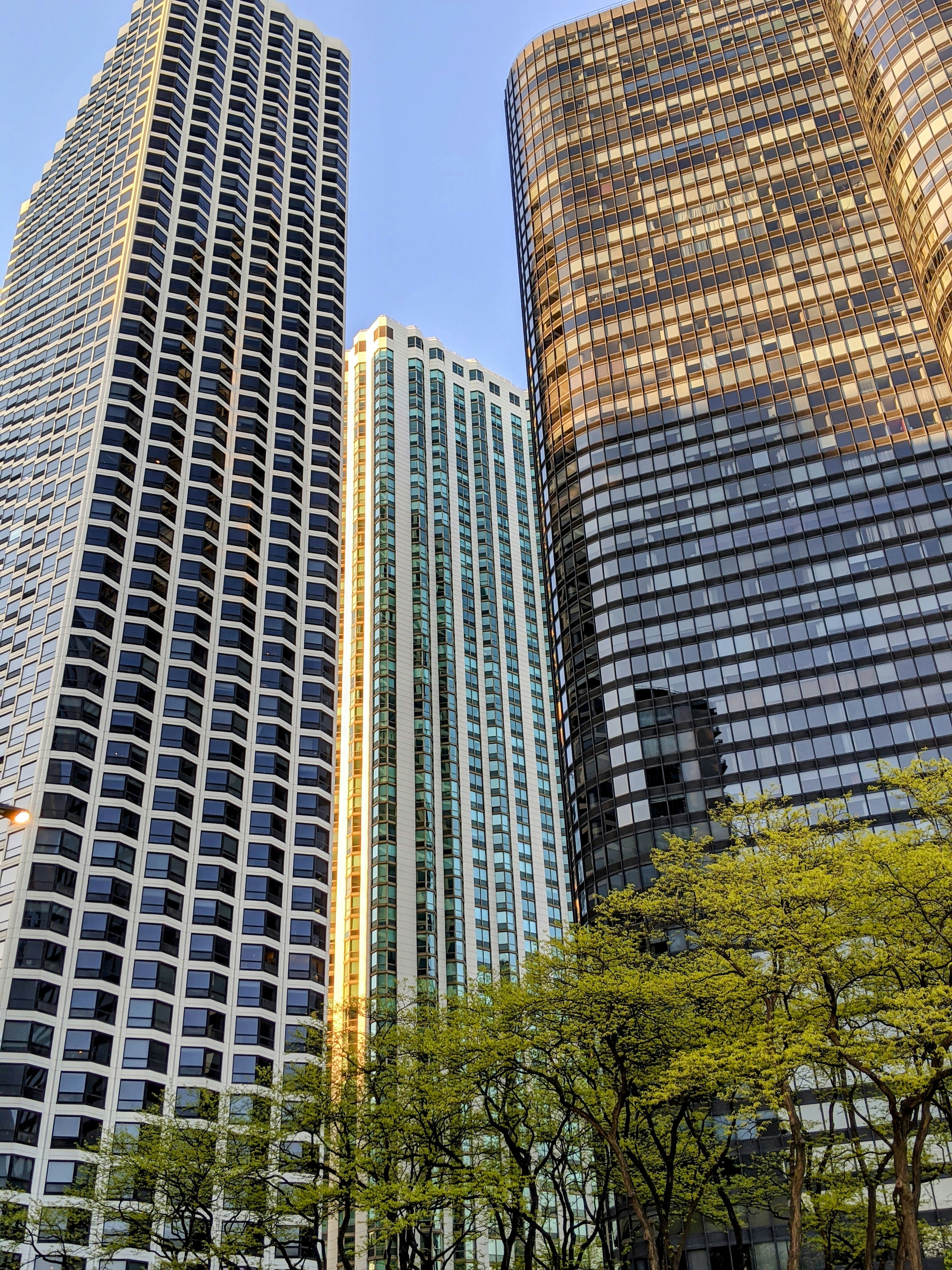Tenant Retention Can Be Automated Successfully — Here’s How

Keeping tenants long term is one of the highest ROI moves a property team can make. Yet the work behind it often gets buried under competing priorities, manual follow ups, and a constant influx of new tasks. Renewal conversations get delayed. Maintenance satisfaction goes unchecked. Engagement becomes sporadic. Meanwhile, turnover costs keep climbing.
The industry has reached a tipping point. Resident expectations are higher than ever, and operating teams are stretched thin. The solution is not to work harder but to work smarter. Tenant retention can be automated successfully when teams deploy the right strategies and technologies with intention and guardrails. Automation streamlines the workflow, ensures consistency, and frees up staff to focus on higher impact conversations.
Below is a roadmap for how property teams can automate tenant retention in ways that elevate the resident experience rather than flatten it.
Why Automate Tenant Retention
Automation is no longer a nice to have. It is a competitive advantage and in many markets a necessity. When implemented thoughtfully, automation does more than reduce workload. It drives a measurable lift in satisfaction, response speed, and renewal likelihood.
Retention Directly Impacts NOI
Turnover is costly. Between marketing, vacant days, cleaning, repairs, and staff time, replacing a tenant can easily surpass thousands of dollars per unit. Improving retention even a few percentage points can create significant revenue stability. Automated workflows ensure renewal outreach and resident engagement happen on time rather than only when a team has bandwidth.
Consistency Builds Trust
Residents value reliability. Automated communication and task triggers guarantee that every tenant receives the same attention and follow up cadence. No one gets lost in the shuffle during peak seasons or staffing shortages.
Staff Time Gets Reallocated to High Impact Work
Automation does not replace human interaction. It enhances it. When repetitive tasks and reminders are automated, onsite teams have more time for personalized conversations, escalated issues, and relationship building.
What Parts of Tenant Retention Can Be Automated
Not every touchpoint should be automated. Renewal negotiations, conflict resolution, and personalized outreach still require a human voice. But many foundational elements of the retention journey can be streamlined with great results.
Renewal Timelines and Outreach
Automated renewal campaigns are one of the most effective ways to reduce churn. Systems can generate reminders at set intervals, share renewal offers, request feedback, and escalate to staff when a resident engages. Consistent timing is key. Automated workflows ensure every renewal starts early enough to influence decisions.
Maintenance Follow Ups
Maintenance issues are among the top contributors to turnover. Automating satisfaction surveys after work orders creates closed loop accountability. If a resident indicates dissatisfaction, the system triggers alerts for immediate intervention. This prevents unresolved issues from simmering until move out.
Resident Engagement and Community Updates
Newsletters, event reminders, community updates, and policy notices can all be delivered via automated email or SMS sequences. These communications keep tenants informed and reduce inbound questions to the office.
Feedback Collection
Automated feedback requests, sentiment surveys, and periodic pulse checks give management insight into resident sentiment long before renewal season. Early detection of pain points is crucial for preventing avoidable turnover.
Move In and Move Out Workflows
A smooth start and a low friction exit both impact long term brand reputation. Automating move in checklists, welcome communications, digital forms, and instructional messages reduces stress for tenants and staff.
How to Automate Tenant Retention Without Losing the Human Touch
The greatest misconception is that automation makes the resident experience feel robotic. That only happens when teams deploy technology without strategy. Automated retention works best when it feels supportive, thoughtful, and personalized.
Personalization by Default
Even automated messages should acknowledge who the resident is, their lease timeline, and their unique unit. Dynamic fields can personalize every touchpoint. Property teams can also segment messages by resident type or building section for greater relevance.
Automation Should Guide Human Action
The most effective retention programs combine automation with human checkpoints. For example:
- Automated emails share early renewal incentives.
- When a resident clicks to learn more, the system alerts a leasing agent to follow up personally.
- If a resident expresses concerns in an automated survey, staff gets notified immediately for a phone call.
Automation sets the stage. Humans build the relationship.
Keep Communications Clear and Concise
Automated messages perform best when they are simple, actionable, and respectful of residents’ time. The content should be helpful rather than promotional. Avoid overly formal language. The tone should reflect approachability, clarity, and professionalism.
Give Residents Control
Provide tenants the option to choose communication channels or adjust notification preferences. Empowering residents to personalize their experience improves satisfaction and reduces message fatigue.
The Technology Behind Automated Tenant Retention
The backbone of a successful automated retention strategy is a cohesive tech stack. Property teams do not need dozens of tools. They need the right combination that integrates smoothly and delivers predictable outcomes.
CRM and Resident Lifecycle Platforms
A CRM built for residential leasing provides automated workflows, renewal pipelines, communication triggers, and task management. This creates a unified system of record for tracking resident interactions. The CRM becomes the command center for retention automation.
Digital Communication Tools
Email automation, SMS platforms, and in app messaging solutions enable teams to deliver consistent, timely communication. Integration is essential. Messages should pull from accurate resident data and update the CRM automatically.
Maintenance and Work Order Software
Retention often hinges on the quality of maintenance operations. When maintenance tools connect with your CRM or automation hub, the entire feedback loop becomes seamless. Surveys, alerts, and escalations trigger instantly.
AI Assistants and Chat Tools
AI driven communication tools respond to resident questions, gather information, and assist with administrative tasks. They handle routine inquiries so onsite teams can prioritize complex needs. Modern AI tools can also support multilingual communities.
Business Intelligence and Reporting
Data matters. A good BI layer helps property teams track renewal probability, resident sentiment, service satisfaction, and operational bottlenecks. With insight, teams can refine automation to address high impact areas.
Building an Automated Tenant Retention Strategy
A strong retention strategy is intentional. It blends automation, resident experience design, and operational alignment.
Step 1: Map the Resident Journey
Before automating anything, document the full journey from move in to renewal. Identify key moments, friction points, and opportunities for engagement. This roadmap determines which tasks can be automated and which require personal interaction.
Step 2: Define the Communication Cadence
Set a standardized schedule for renewal outreach, surveys, community updates, and reminders. Consistency builds trust. Automation ensures execution even during staffing shortages.
Step 3: Create Content Libraries
Prepare templates for each automated communication. Content should be helpful, accurate, and tailored to your resident groups. Avoid generic corporate language. Keep it human and clear.
Step 4: Implement Workflows
Build automated workflows in your CRM or automation platform. Start simple. Over time, expand your sequences with branching logic based on resident behavior.
Step 5: Align Staff Training
Teams should understand what messages residents receive, when workflows trigger, and how to respond to alerts. Automation only works well when people know how to act on it.
Step 6: Measure and Refine
Automation is not a set and forget initiative. Track renewal rates, survey participation, maintenance sentiment, and communication engagement. Use insight to refine timing, messaging, and escalation points.
Common Mistakes to Avoid
Even with good technology, automated retention can fail if the strategy is not well executed. Below are common pitfalls teams should avoid.
Over Automation
Too many automated messages too frequently can overwhelm residents. Balance communication automation with genuine human touchpoints.
Unclear Ownership
Teams should know who responds when a resident interacts with an automated message. Missed responses erode trust and reduce renewal likelihood.
Poorly Designed Templates
Residents can tell when a message feels generic. Use personalization, conversational phrasing, and clear instructions.
Failing to Monitor Feedback
If surveys or alerts flag problems and teams do not intervene quickly, automation becomes a liability rather than an asset.
How Automation Improves the Renewal Conversation
A resident rarely decides to renew based on one conversation. They decide based on every interaction throughout the lease period. Automation supports that relationship across the entire lifecycle.
Proactive Engagement
Automated reminders, community updates, and service follow ups position management as attentive and responsive. When renewal time arrives, the relationship is already strong.
Reduced Friction
Residents appreciate seamless processes. Automated digital forms, renewal offer delivery, and online communication reduce hurdles and create a frictionless experience.
Predictive Insights
Automation pairs well with analytics. Over time, teams can identify patterns in resident behavior that signal churn risk. This enables proactive retention strategies long before renewal season.
Automation Works Best When Residents Benefit Too
The resident experience should always be the core objective. Automation is successful only when it makes life easier for tenants.
Faster Response Times
Automation speeds up communication and ensures nothing gets dropped. Tenants feel heard.
Clearer Expectations
Automated workflows outline next steps and timelines. This reduces confusion during renewals, maintenance, and move ins.
Convenience and Flexibility
Tenants can interact digitally, on their preferred channels, and on their own schedules.
Conclusion
Tenant retention automation is no longer a futuristic concept. It is a practical, operationally sound strategy that elevates the resident experience while improving renewal rates and stabilizing NOI. Automation handles the predictable and repeatable work. Human teams handle the personal moments that matter most. Together, they form a retention engine that is consistent, scalable, and resident centric.
For property teams navigating tight margins and rising expectations, automated tenant retention is the next strategic milestone. When executed with clarity and intention, it becomes a powerful driver of revenue stability, operational efficiency, and long term resident loyalty.


